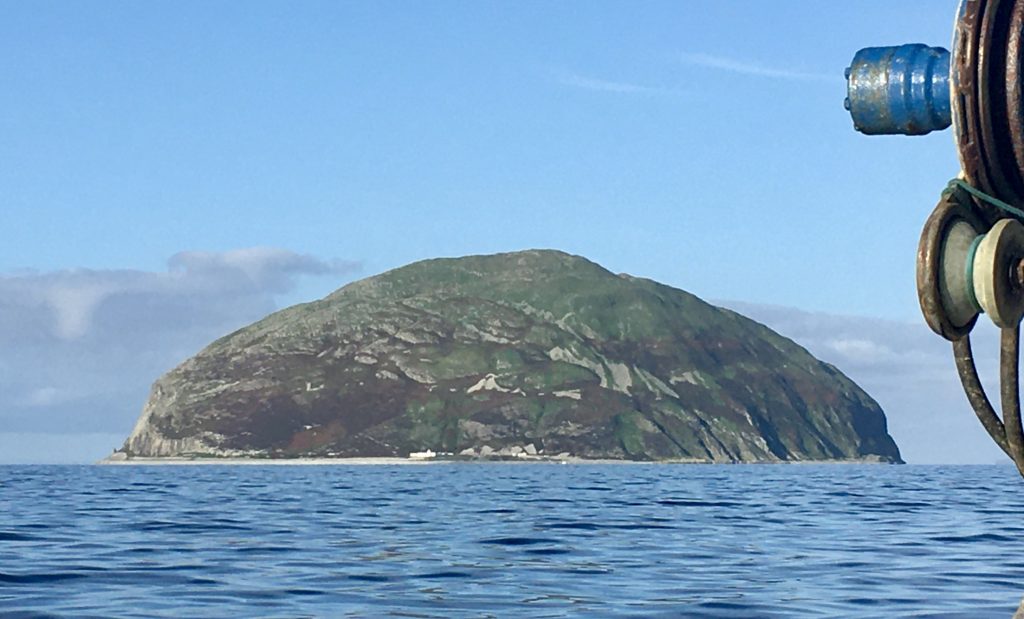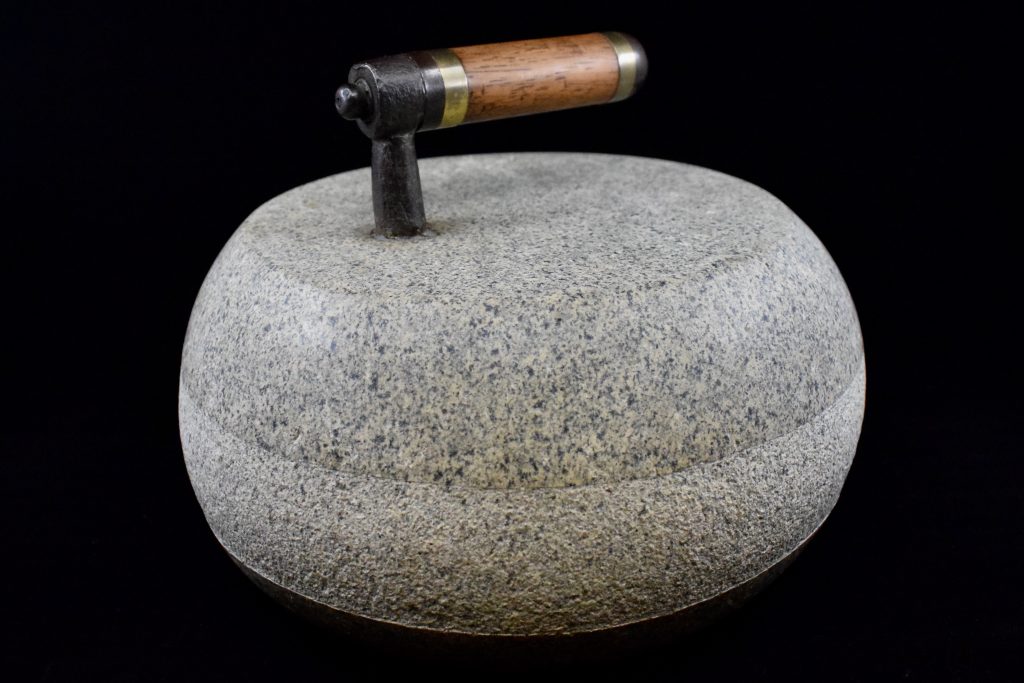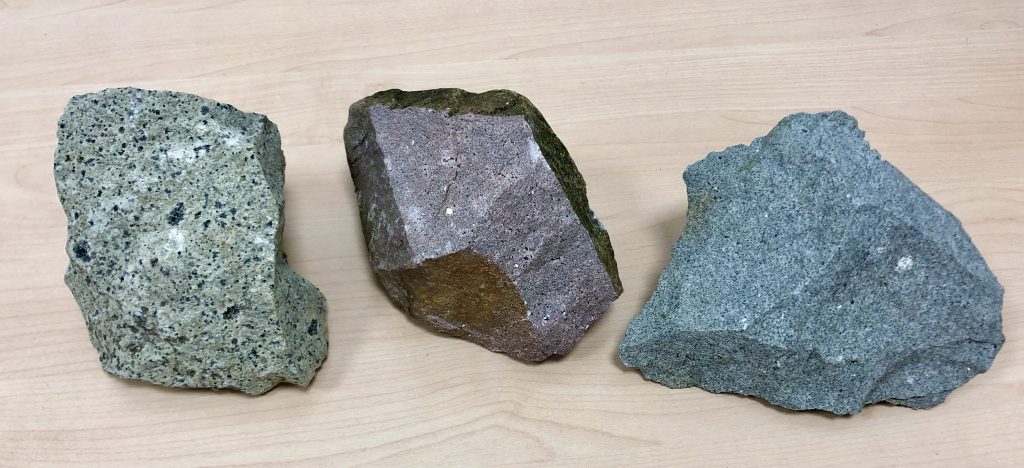A sport native to Scotland, curling can be traced back to medieval times. Today, the game involves two teams taking turns to slide heavy, polished granite rocks (called stones) across ice toward a circular target. With the Olympic Winter Games Beijing 2022 kicking off, Earth Systems Analyst Bob Gooday tells us where the stones used in the game come from.
The Winter Olympics are underway in Beijing, and my favourite event to watch is always the curling. Curling involves sliding stones that weigh around 18 kilograms across the ice towards a target, with the aim of getting your team’s stones closer to the centre than your opponents’. The sport is thought to have originated in Scotland around 500 years ago and as a nation we’re still pretty good at it (although, Great Britain haven’t won an Olympic medal since 2014…).
But it’s not just the athletes themselves that will be travelling from Scotland to China. All of the curling stones that will be used throughout the competition were quarried on a small, uninhabited island in the Firth of Clyde called Ailsa Craig. The rock on Ailsa Craig, 16 kilometres west of Girvan, is a kind of granite. It has been recognised as an excellent material for making curling stones since the nineteenth century.

So what makes granite from Ailsa Craig so special? Why go to all the bother of quarrying stones on a little island halfway around the world from where the Games are being held? Isn’t granite one of the most common rocks on Earth?
The Ailsa Craig granite formed from the cooling and solidifying of magma around 60 million years ago. About the same time a huge volcano was active on the nearby island of Arran. Lava flows in Northern Ireland to the west were forming the rocks that would one day become the Giant’s Causeway. But the chemistry of the Ailsa Craig magma was unusual: it was very low in aluminium compared to most granites. This led to the presence of some uncommon minerals in the rock, with strange names like arfvedsonite (named after the Swedish chemist Johan August Arfwedson, who also discovered the element lithium); aegirine (after Ægir, Norse god of the sea); and aenigmatite (“aenigma” means “riddle” in Greek).

For some reason (we are still not sure why) these minerals, along with more common granite minerals such as feldspar and quartz, make the rock very tough and resistant to chipping and cracking. Perfect for curling stones that slide around and knock into each other on the ice.
There are three ‘types’ of granite found on the island. These have been given the names “Common Green”, “Red Hone”, and “Blue Hone” by quarry workers and curling stone manufacturers. But geologically they are all actually very similar. Common Green is the most abundant and has the distinctive black spots that you can see on many curling stones. Blue Hone has smaller crystals than Common Green and is a greyish blue colour, while Red Hone is thought to be Blue Hone that has been stained by iron minerals (basically rust).

The Red Hone has all been quarried away now, but Common Green and Blue Hone are still widely in demand. Through lots of use, and even scientific experiments, it has been found that Common Green is particularly good for making the body of the curling stone. This includes the ‘striking band’ where stones collide with each other. Blue Hone makes an excellent surface for sliding across the ice, or the ‘running band’. Because of this, many top-level curling stones comprise a body of Common Green with a plug of Blue Hone set into the base – the peak of curling stone technology!
The Common Green granite in particular is unique and very distinctive. The black spots on a greenish-grey curling stone could be recognised anywhere. This property of the rock has been important to a totally different branch of geological science. Boulders of this easily recognisable granite have been found along the west coast of Wales and the north and east coasts of the island of Ireland. These rocks couldn’t have come from anywhere other than Ailsa Craig and must have been transported by glaciers during the ice ages. This helps glaciologists map past ice movements across the British Isles.

At National Museums Scotland, we have plenty of geological specimens from Ailsa Craig in the collections. They include a curling stone and a huge slab with a big hole in it from which an entire curling stone was cut out! Our Ailsa Craig collection goes back a long way, with some of our mineral specimens having been collected by nineteenth-century Scottish Mineralogist Matthew Forster Heddle.
Heddle was instrumental in the early curation of the Museum’s Scottish Mineral Collection. He also happened to be interested in curling, publishing a paper on the scientific properties of curling stones from all over Scotland in 1890! Over 130 years later, we are still applying modern research techniques to this wonderful rock from this fascinating little island.
